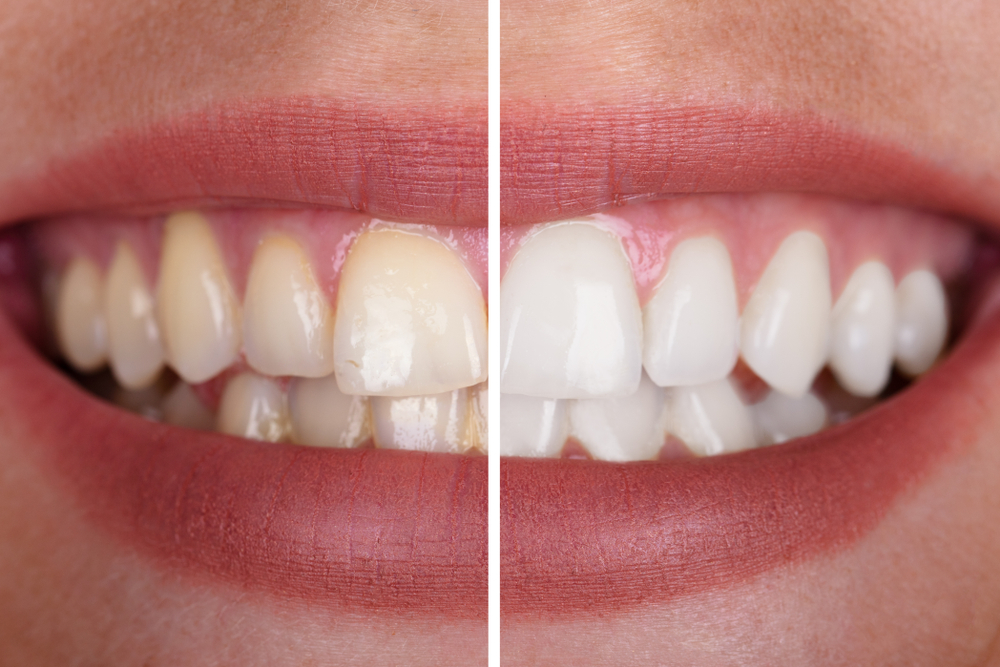Have you ever heard of a bad bite? In this instance, we are not talking about a snake bite or a shark bite. Instead, we are referring to a condition called “Malocclusion.” Malocclusion might not be a word that you are familiar with, but Dr. Steven Harrison knows this condition well. In today’s blog, Dr. Harrison’s team takes a look at some types of malocclusions. Read on to learn about overbites, underbites, and crossbites.
Overbite
An overbite, by definition, is just what it sounds like. It’s a term that refers to the overlap of the upper teeth over the lower teeth. As you read this, you might close your mouth and notice that your top teeth overlap your bottom teeth. Normally, humans have an overbite of 3-5mm between the teeth. Overlaps greater than 5mm are classified as an abnormal overbite. The overbite is the most common type of malocclusion. While typically inherited from our parents, the condition can be worsened by extensive pacifier use, thumb sucking or tongue thrusting at a young age.
Underbite
An underbite is a condition in which the lower teeth land in front of the upper teeth when the jaws are closed. Ideally, the lower front teeth are supposed to lie behind the upper teeth. Like the overbite, the underbite is primarily a genetic condition. And, like the overbite, early childhood habits such as thumbsucking and pacifier use can worsen an underbite. This condition can also occur in children with adenoids or allergies that cause them to breathe through the mouth. Over time, an untreated underbite can lead to headaches, and eventually, a condition known as temporomandibular can develop. Temporomandibular is an inflammation of the joint near the temples which connects the lower jaw with the rest of the head.
Crossbite
A crossbite is perhaps the least known of the three bad bites. A crossbite occurs when both the lower and upper jaws are out of alignment. The result is that one or more of the upper teeth sit to the inside of the teeth below them. Crossbites can occur in the front of the jaw, which is more noticeable, or on the sides. Crossbites can lead to bone loss, gum issues, or uneven tooth wear. Like the previous bites we’ve seen, crossbites are typically genetic. Poor habits in early childhood can also lead to crossbites.
Contact Dr. Steven Harrison
All three of these conditions are treatable, especially when addressed at a young age. Braces and other treatments can help the teeth become properly aligned. If you have questions about malocclusion or bad bites, contact Dr. Harrison at Parkcrest Dental Group. Dr. Harrison has been seeing patients at Parkcrest Dental Group since 1986 and is committed to the best in orthodontic and dental care.




